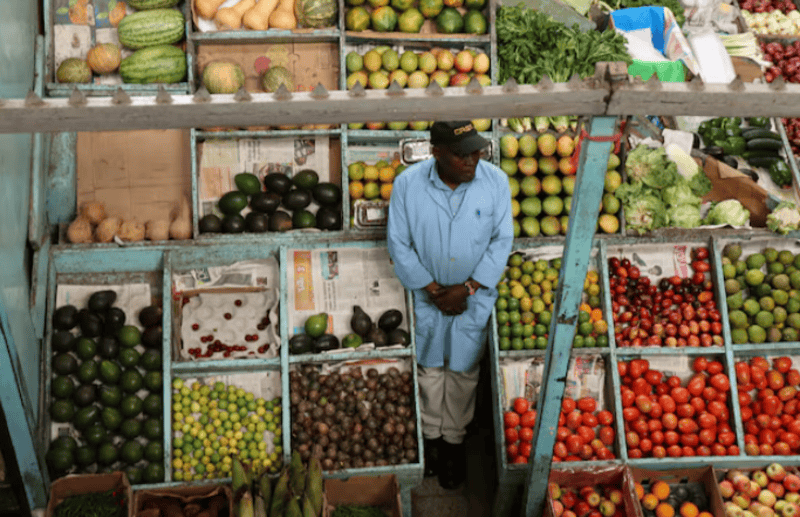Relief for consumers as benchmark food prices ease for second month in a row

FAO attributes the sustained easing largely to ample global supplies and improved export availability across several key commodities.
The benchmark global food commodity prices extended their decline in October following a drop the previous month, offering a sign of relief to consumers.
The Food and Agriculture Organisation's (FAO’s) latest update shows the Food Price Index averaged 126.4 points during the month, down 1.6 per cent from the revised September level.
More To Read
- Somalia declares drought emergency as millions face hunger after failed rains
- Garissa, FAO host food fair to boost nutrition and self-reliance at IFO Refugee Camp
- FAO warns of rising human-induced land degradation threatening crop yields, child nutrition
- Millions face escalating hunger crisis in eastern DRC, UN agencies warn
- Food inflation remains high despite overall stability - KNBS
- Global food prices ease as East Africa slips deeper into hunger – report
The index tracks monthly changes in the international prices of a basket of commonly traded food items.
It fell to 128.8 points in September, from 129.7 points in August.
The organisation attributes the sustained easing largely to ample global supplies and improved export availability across several key commodities.
Cereal prices registered broad declines, with the FAO Cereal Price Index falling by 1.3 per cent compared to September.
Wheat and coarse grain prices were down 1.0 and 1.1 per cent respectively, while rice prices fell even further, declining by 2.5 per cent.
The trend was similar in other food categories.
The Meat Price Index fell by 2.0 per cent, driven by sharp drops in pig and poultry prices, though bovine meat prices continued to edge higher due to strong import demand, particularly from Australia.
Dairy Price Index also declined by 3.4 per cent, reflecting lower butter and milk powder quotations amid abundant supplies from the European Union and New Zealand.
Sugar prices saw one of the steepest drops, with the FAO Sugar Price Index declining by 5.3 per cent, reaching its lowest level since December 2020.
However, not all commodities followed the downward path.
The Vegetable Oil Price Index rose by 0.9 per cent in the period under review, hitting its highest level since July 2022.
FAO cited a combination of biofuel mandates and harvest delays in the Black Sea region for the increase in palm, rapeseed, soy, and sunflower oil prices.
Offering further relief in months to come, the organisation projects that overall food prices are likely to remain on a gradual easing path.
It, for instance, forecasts a record cereal output and stocks in the coming months, a prospect that would drive down the prices further.
“World cereal production is expected to rise by 4.4 per cent in 2025 to reach 2,990 million tonnes, a new record level, with foreseen output increases across all major cereals,” FAO said.
Top Stories Today














































